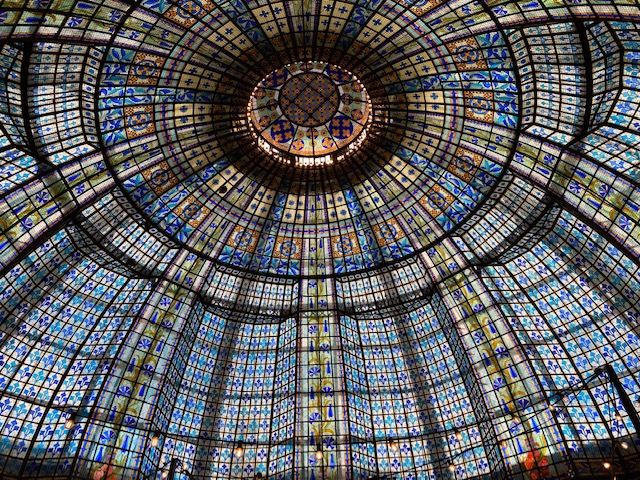Dysprosium figures as Nr. 66 in the periodic table (short: Dy). This metal was given this Greek name, which translates to “hard to get”. Although more common than gold on earth, Dysprosium is part of the so-called rare earths on earth. Since it is very temperature resistant before becoming fluid and at the same time having good isolation properties, for example against radiation in combination with lead, the nuclear energy industry has a definite use case.
Additionally, wind turbines, electric vehicles and some smart phones use these characteristics of the metal only known to us since the late 19th century.
The major exploitation happens in China and, therefore, the recent tariffs have complicated the trading. Prices tend to rise and products that contain Dysprosium are likely to become more expensive. However, there is the other side of the coin, which means recycling and reuse of Dysprosium is also more interesting to companies. Hence, the price increase will likely enhance circularity of the metal from obsolete products into newer ones. In this respect it is good news that smartphones receive longer updates of their operating systems and security as of 2025-6-20 in the EU. This will also reduce the amount of rare earths needed in the production of the rapidly changing technical specifications of smart phones and tablets. Repairing the devices makes more economic sense before “programmed” obsolescence.
(Image: extract from Willem van der Vliet (attributed), The money counter. early 17th century, Brussels MRBAB).

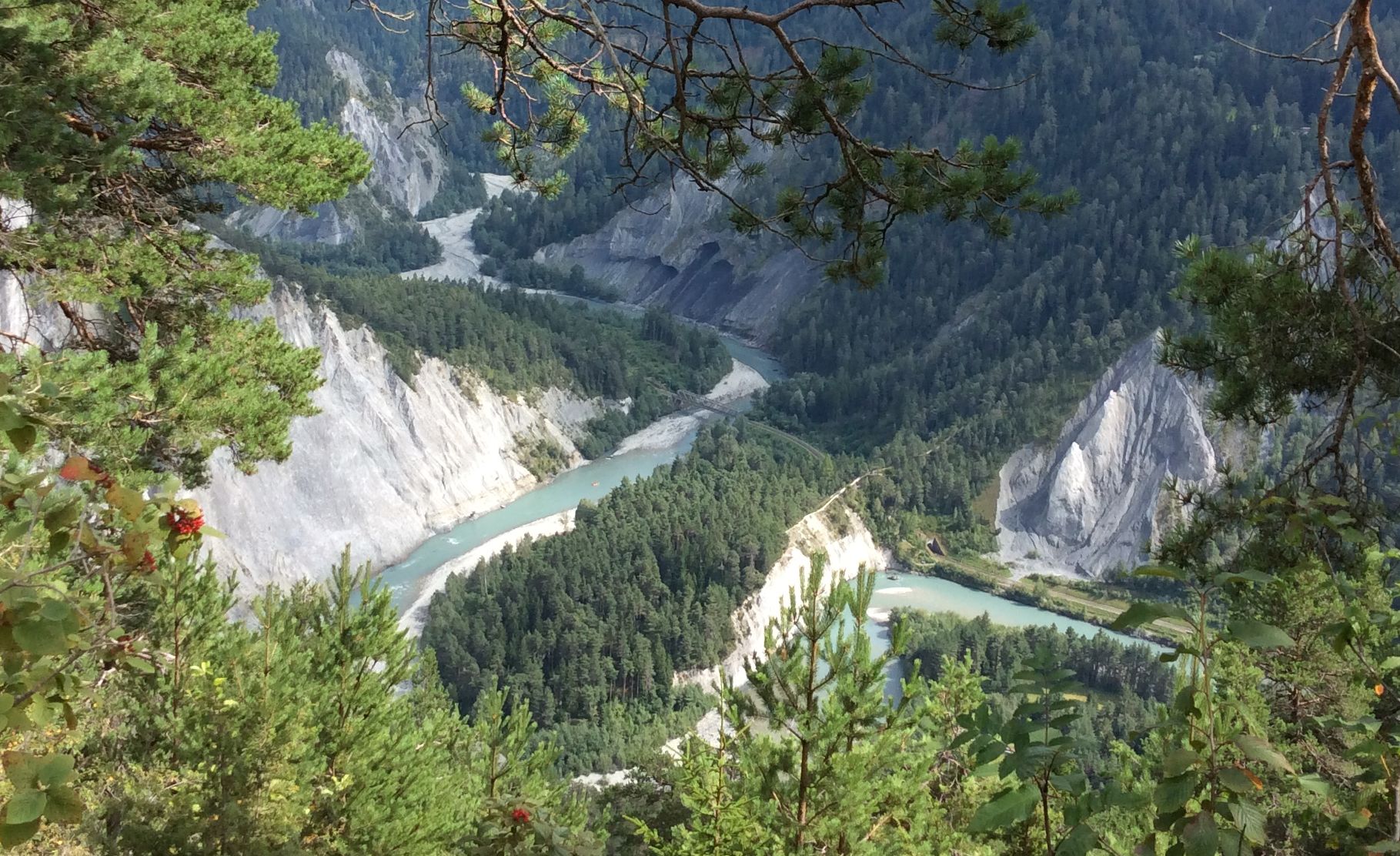
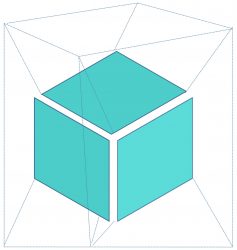
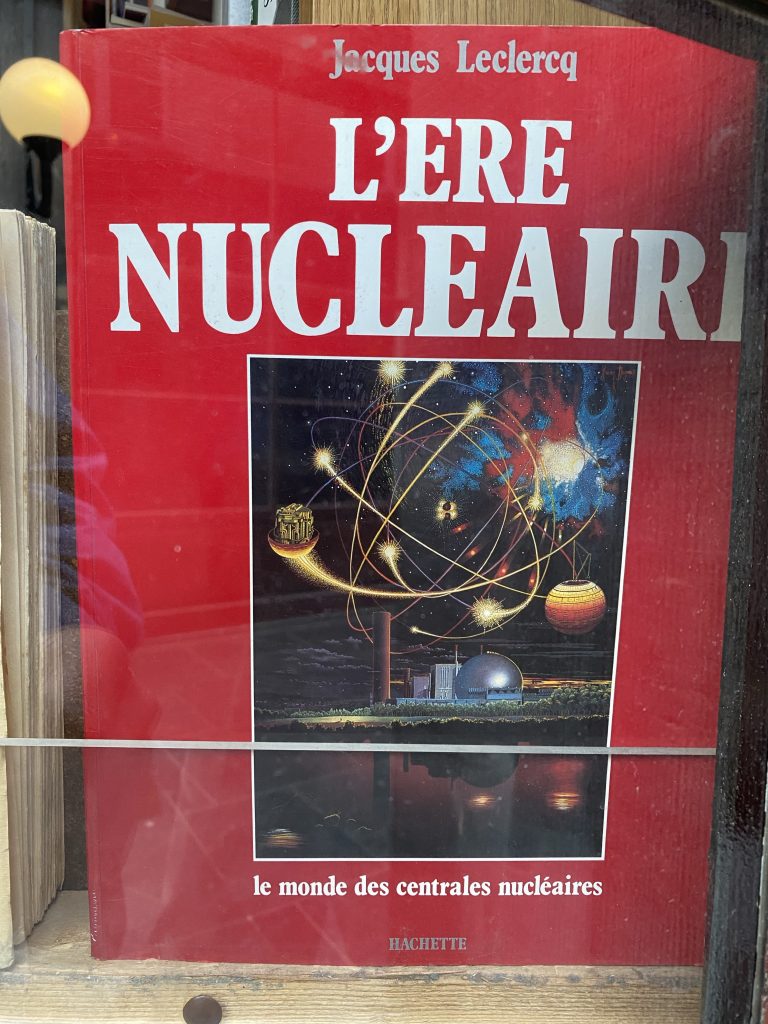
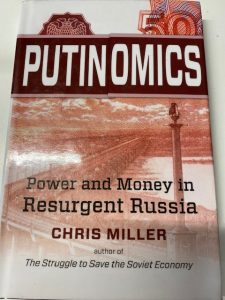 Neben Planungsfehler, Kostensparen und menschlichem Versagen kommt nun die Gefahr von Nuklearkatastropen auf die Liste des Kriegsarsenals. Nicht als Bombe, wie wir bisher annahmen, sondern als nicht schützbare Infrastruktur, die kaum zu verstecken ist. Der nächste Tabubruch ist realistischer geworden. Die Kosten für Abwehrraketensysteme neben jedem Atomkraftwerk wohl etwas teuer und eventuell ineffizient. Wer befasst sich mit derartigen verbotenen Gedanken? Die Schrecken des 21.-ten Jahrhundert könnten sich als noch schlimmer gestalten als wir zu denken wagten. Atomkraft: die Geister, die ich rief, ich werd’ sie nicht mehr los.
Neben Planungsfehler, Kostensparen und menschlichem Versagen kommt nun die Gefahr von Nuklearkatastropen auf die Liste des Kriegsarsenals. Nicht als Bombe, wie wir bisher annahmen, sondern als nicht schützbare Infrastruktur, die kaum zu verstecken ist. Der nächste Tabubruch ist realistischer geworden. Die Kosten für Abwehrraketensysteme neben jedem Atomkraftwerk wohl etwas teuer und eventuell ineffizient. Wer befasst sich mit derartigen verbotenen Gedanken? Die Schrecken des 21.-ten Jahrhundert könnten sich als noch schlimmer gestalten als wir zu denken wagten. Atomkraft: die Geister, die ich rief, ich werd’ sie nicht mehr los.